Who runs the largest Jewish federations? Not women.
Women run nearly half of North America’s 150 federations, but men control almost all those in the largest cities — and 73% of the system’s $9 billion in assets
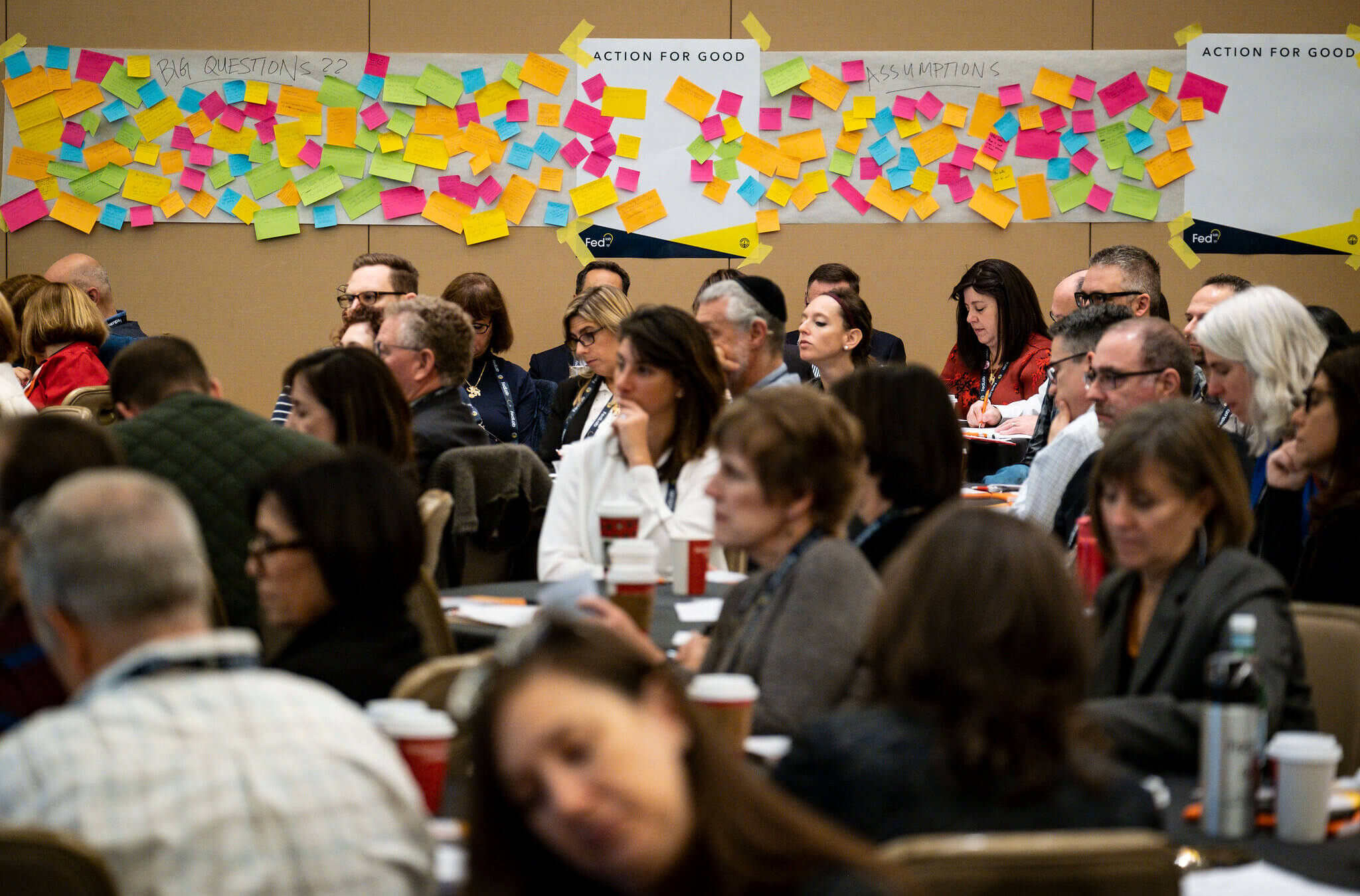
While women, pictured here at a Jewish Federations of North America gathering in 2019, have been hired for chief executive roles at many smaller and mid-size federations, they lag far behind men in the top job at major city federations. Photo by Jewish Federations of North America
On paper, Jewish federations across North America have made great strides in promoting women to leadership positions in recent years. Women now lead 43% of the roughly 150 federations in the United States and Canada, up nearly 10% from a decade ago.
But the federations, secular nonprofits that organize, fund and represent Jewish communities across North America, have realized these gains almost entirely at small and midsize federations. Women remain a rarity at the largest and most powerful federations — institutions serving the biggest Jewish populations, and often commanding assets of more than $100 million, with the power to fund or starve local nonprofits and influence public policy.
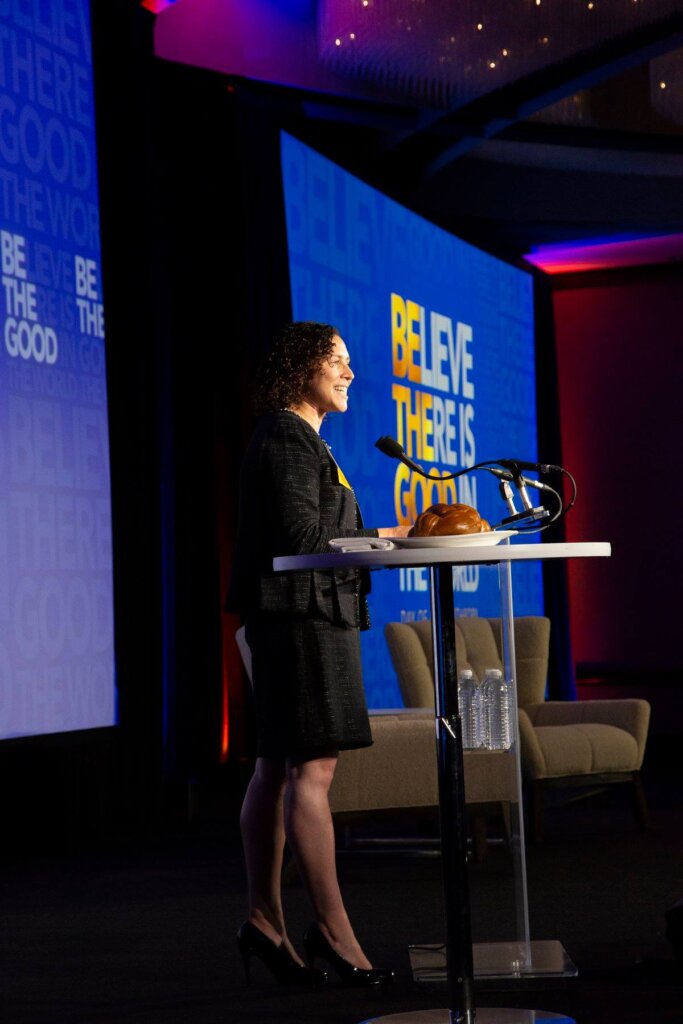
Joy Sisisky, who was hired to run the San Francisco federation in June, joined Erika Rudin-Luria in Cleveland to become one of just two women running one of the 20 federations in the Jewish Federations of North America system’s top size tier.
“Why is it easier to get a woman on the Supreme Court than to get a woman in charge of a large-city federation?” asked Shifra Bronznick, who founded the advocacy group Advancing Women Professionals in the Jewish Community more than two decades ago.
A Forward analysis of data from the Jewish Federations of North America and other sources shows that women have long been concentrated in the smallest organizations but now fill nearly half the roles in midsize federations, creating a potential pipeline that some advocates believe will soon lead to women being tapped to head the largest institutions.
The numbers tell the story of how small Jewish communities in places like Wichita, Kansas, and Lexington, Kentucky, reached rough gender parity in senior leadership at least 30 years ago. Midsize federations — think Dallas or New Orleans — have closed in on parity in the last decade.
But a thick glass ceiling remains firmly in place in the top-tier federations such as New York and Los Angeles; San Francisco was the first of that group to hire a woman chief executive, in 2010. Montreal also had a female leader, Deborah Corber, from 2011 to 2017. Because the Forward analysis was based on a snapshot of four years — 1992, 2002, 2012 and 2022 — it’s possible that some other large federations had women chiefs in the intervening years.
Looking at the gender asymmetry another way, through a solely financial lens, women leaders controlled about a quarter of federations’ total assets in 2020, the last year for which reliable data is available.
The failure of top federations to hire female directors mirrors trends in the Jewish nonprofit world more broadly, where, despite significant progress made since the 1960s — when virtually no women held senior leadership positions — and a renewed emphasis on diversity spurred by the #MeToo and Black Lives Matter movements, men continue to oversee the most powerful organizations.
“The more money is on the line, the more the old boys network tends to be at play,” said Rebecca Sirbu, executive vice president at the Jewish Funders Network, said of the federation system, “and the harder it is for women to get hired.”
Women pushed aside
Jewish federations began popping up in the early 20th century to consolidate fundraising across a vast and disconnected network of social service and advocacy organizations. The idea was to allow Jews who wanted to support their communities to give a single donation to a federation instead of weighing solicitations from dozens of different groups, many with overlapping missions. The federation, in turn, would dole out grants to individual organizations — and cajole mergers to streamline the world of Jewish philanthropy and community work.
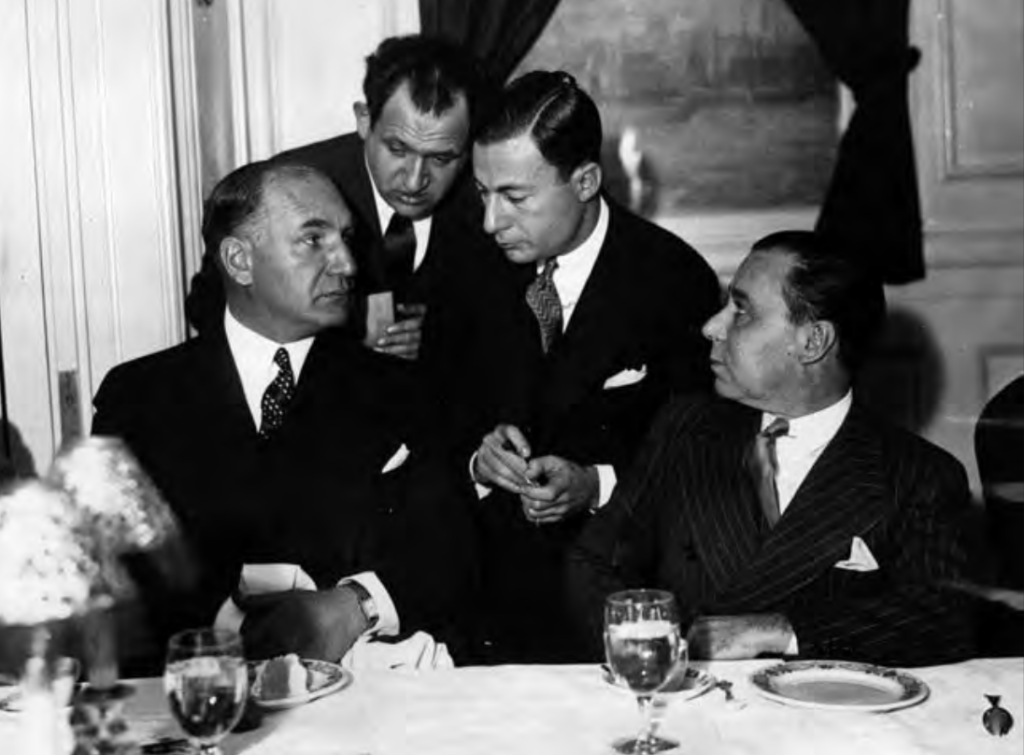
But while those earlier, smaller charities had often been the purview of female volunteers, the new federations — with their focus on raising and distributing money rather than providing services to the needy — were professional organizations that swiftly became dominated by men.
“Women remained part of the framework of Federation, but they were atomized and set apart from many of its central workings,” Beth Wenger, a historian at the University of Pennsylvania, wrote in a 2017 history of how men came to dominate New York’s federation system.
That trend continued across the country until the feminist movement in the 1970s led Jewish women to demand access to leadership roles, from the rabbinate to the philanthropic C-suite. Jacqueline Levine, a civil rights activist, delivered a landmark speech at the Council of Jewish Federations conference in 1972 decrying the lack of recognition of female leaders, and significant changes followed. In 1975, 6% of the top jobs at the nation’s federations were held by women; four years later, it was 17%.
By the 1990s, nearly a third of those roles were held by women. Barry Kosmin, research director of the Council of Jewish Federations at the time, explained the gender disparity in a 1993 Jewish Telegraphic Agency article by saying that “the job requires financial management skills that most women do not possess.”
Women saw other factors at play.
“Lay leaders and search committees do not always see women on equal footing with men,” one told researchers in a Federation study the following year. “They cannot see a female candidate beyond wife and mother.” Another said: “Women are not seen as fundraising professionals.”
Thirty years on, some such biases remain. A study released last year by Leading Edge, a group that helps Jewish nonprofits with workplace culture, noted that the boards of large organizations expect their chief executives to be on call at all hours of the day and may assume women want clearer boundaries between work and home.
Those who hope to see more women running federations in major metropolitan areas say that despite longstanding efforts, the barriers have been persistently stubborn.
Pipelines to the corner office
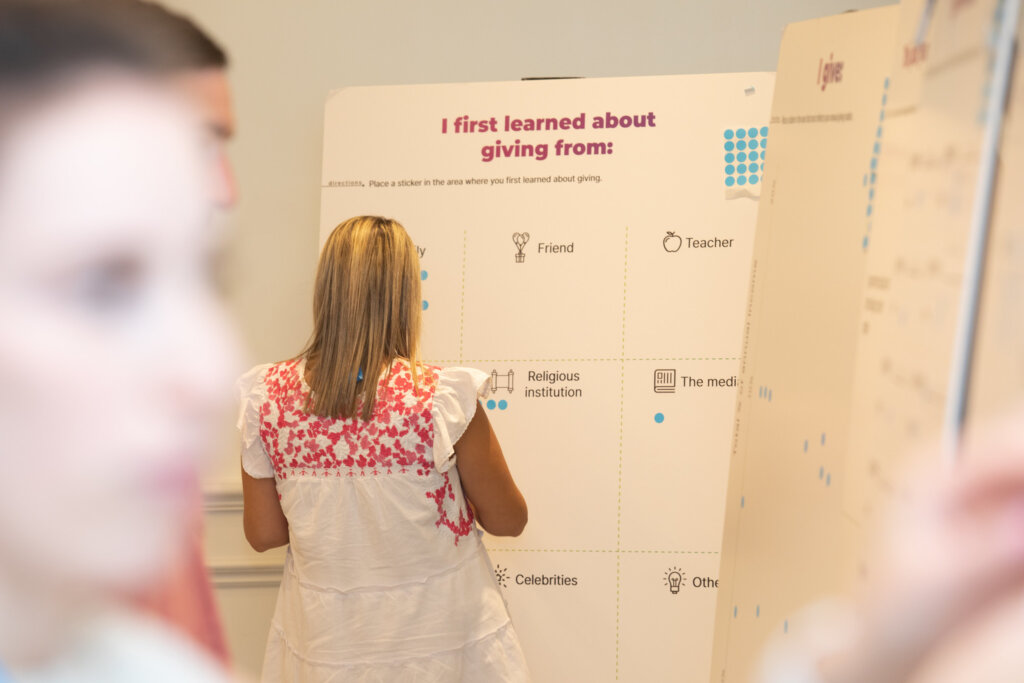
Liz Fisher, chief talent officer for the Jewish Federations of North America — which became the successor to the Council of Jewish Federations in 1999 — pointed to a series of career development programs the group has run for senior women working in the federation system in hopes they might move up to more prominent positions.
“We have a lot of work to do to ensure that the biggest federations in our system really are led by people who represent the diversity of the community and that for sure includes women,” Fisher said. “It’s 100% a challenge that we recognize and continue to focus on.”
JFNA breaks its 146 member groups into four tiers – large, large-intermediate, intermediate and small – based on a proprietary ranking system that takes into account both financial assets and population of the community being served.
A note on methodology: The Forward’s analysis was based on a review of several sources, including the American Jewish Yearbook, federation websites and direct outreach to federations to determine the gender of their top staff leaders. We did not find any executives who identified as non-binary.
While JFNA tracks some of this data in aggregate, a spokesperson said the group had misplaced reports for the early 1990s and 2000s. While we relied on data back to the 1970s, most of the analysis focused on the individual years 1992, 2002, 2012 and 2022 to outline the broader trends over the past 30 years.
In some of those years, a federation may have had a vacancy in the top role. For example, the Jewish Federation of New Mexico does not currently list a director or chief executive. And while the JFNA lists 146 member federations, some of these – like the Jewish Federation of Northeastern Pennsylvania and the Jewish Community Alliance of Northeastern Pennsylvania – are essentially the same institution. Both these factors slightly skewed the total percentages of male and female executives across different ranks.
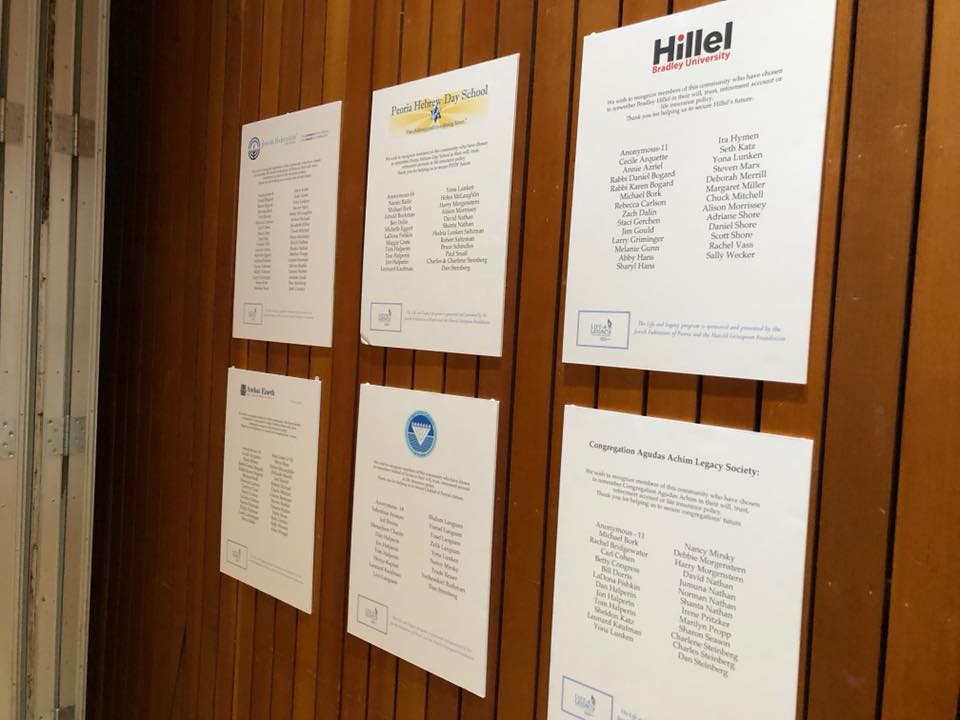
Fisher pointed to progress at mid-size federations — like New Haven and Louisville — as a bright spot, noting that many such organizations have relatively large budgets that only appear small when compared to the powerhouse federations in Boston and New York.
Of these, the number of women-led federations in the JFNA’s second tier, known as the “large-intermediates,” indeed soared this year, to 47%, up from 24% in 2012 after remaining largely static in 2002 and 1992. That group included four female executives in 2012 but now has eight, including new hires in Houston, which reported a $14 million annual budget in 2020; Rochester, New York ($8.5 million); and Kansas City ($7 million).
The federations that have been run by women are among the smallest ones. The Mid-Kansas Jewish Federation, for example, has been directed largely by female executives since the early 1990s; based in Wichita, it serves around 650 Jews and had about $2.2 million in assets in 2020. Similarly, the federation in Peoria, Illinois — Jewish population about 800 and $1.3 million in assets — has had a female chief for at least the last 30 years.
“Small and medium federation systems are harder jobs, actually,” said Bronznick, the founder of Advancing Women Professionals, “because you have fewer resources.”
There remain very few women CEOs of the very largest federations, which because of their outsize dominance in fundraising, means that men continue to control an outsize share of philanthropic dollars across the Jewish community.
Overall, 78 of the 140 identified chief federation executives in the United States are men, or 56%. But those men run organizations that control 74% of the $8.8 billion that federations reported in total assets during 2020, the last year for which reliable data was available, or $6.5 billion. (Some federations are connected to separate foundations, which may not be included in those reported assets. Canadian federations are not included in this count.)
Looking at the 17 federations that reported more than $100 million in assets in 2020 — a slightly different group than those that JFNA describes as “large” — four are headed by women: Sisisky in San Francisco, which has the third-largest assets of all the nation’s federations, Audra Berg, who took over in Broward County near Miami this year, Danielle Minson in Cincinnati, who was hired last year, and Rudin-Luria, who started in 2019 in Cleveland, which has the fifth-highest total assets.
Despite that lopsided ledger, some who advocate for women’s leadership say the growing number of women at the midsize federations bodes well for change at the larger ones in the future. Sirbu, of the Jewish Funders Network, noted that federations often hire from within the system, so the top-tier organizations will now have a wider pool of talent to consider.
“They’re building it now — that’s the good news, the trend is going in the right direction,” said Sirbu, who also co-founded the Gender Equity in Hiring project. “It’ll take another 10 years until they crack the larger ceiling.”
How to put a woman in charge
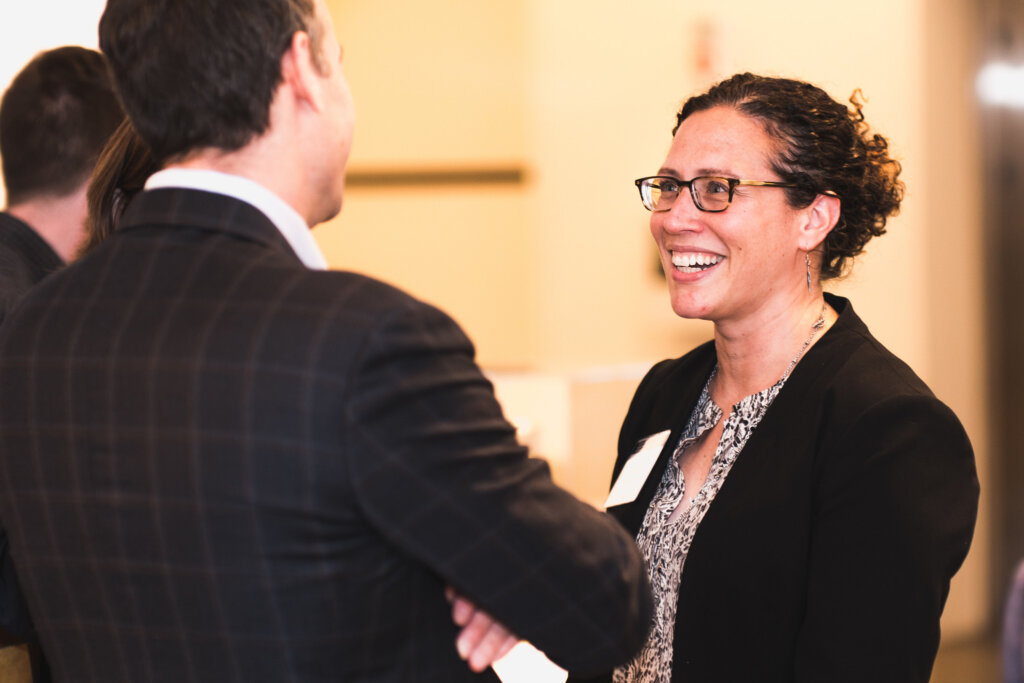
San Francisco became the first major federation to hire a female chief executive, Jennifer Gorovitz, in 2010; she resigned four years later, and was replaced by a man, Danny Grossman, in 2015. When Grossman announced that he planned to depart at the end of 2021, Sisisky, who had been the federation’s chief philanthropy officer since 2016, was appointed interim CEO.
Michael Jacobs, a Silicon Valley patent attorney who co-chaired the federation’s search committee for the permanent position, said having “a diverse pool of candidates” was “really right at the center” of the process from the start.
Jacobs and others said that meant not limiting candidates based on how many years of experience they had in similar roles, or only looking at individuals who had managed organizations of a similar size or budget. They tried to focus on a prospect’s potential rather than solely examining track record.
Sisisky, 46, began her career with AIPAC and worked overseas for the Joint Distribution Committee and as executive director of the Jewish Women’s Foundation in New York City before joining the San Francisco federation. She said in an interview that she has received “conflicting messages” as a senior female leader at Jewish organizations.
She recalled a previous job where she’d had pictures of her kids around her office. One colleague stopped by and told her she should “take down those photos of your children,” Sisisky said, because “it just reminds people that you’re a mother.”
She did. Only to have a different coworker come by a few weeks later with different advice: “You’re a really tough professional and having photos of your children will help soften you.”
Nonetheless, Sisisky said she had always felt empowered to climb the Jewish nonprofit ranks. She grew up in Richmond, Virginia, with a grandfather who was the state’s first Jewish member of Congress. Richmond’s federation was led at the time by a woman, Marsha Hurwitz.
“Starting at a really young age I had the opportunity to see women in those executive positions,” she said. “As a kid, it didn't really occur to me that, if that was a job that I wanted, I couldn't have it.”
A message from our Publisher & CEO Rachel Fishman Feddersen

I hope you appreciated this article. Before you go, I’d like to ask you to please support the Forward’s award-winning, nonprofit journalism so that we can be prepared for whatever news 2025 brings.
At a time when other newsrooms are closing or cutting back, the Forward has removed its paywall and invested additional resources to report on the ground from Israel and around the U.S. on the impact of the war, rising antisemitism and polarized discourse.
Readers like you make it all possible. Support our work by becoming a Forward Member and connect with our journalism and your community.
— Rachel Fishman Feddersen, Publisher and CEO




























